Karen Medland shares how circle helped with a difficult situation in a faith community.
I was asked to share this story some time ago and it has taken me several years to be able to say clearly how circle helped in a difficult situation.
My name is Karen. I’ve worked in pastoral ministry for the United Church of Canada for 17 years. My introduction to working in circle was through an Art of Hosting event on Bowen Island, B.C. I remember being excited about these ways of engaging community that called forth all the voices in the room and used the talents of all those gathered together. It was exactly the type of work I wanted to use in my congregational ministry.
When I returned to the congregation though, I discovered how hard it is to change systems, especially when what you are offering as an alternative is so different from the way it has always been done.
Jump forward a few years! I continued to attend training in the different hosting methods and tried to introduce them into my work. An opportunity arose to test how circle might help the congregation deal with a situation that created some anger and hurt.
While I was away on vacation/study leave for several weeks the building and property committee responded to some concerns among the congregation about how our exterior space was being used by drug users and prostitutes. The debris being left behind for the custodial staff to clean up was unpleasant and even dangerous. They responded to these concerns by erecting a six-foot wrought iron fence around the grassy areas of the building without consulting the wider congregation. Some congregants who wanted the church to be a safe space for everyone and not a “fortress” were upset and demanded that the fence be removed.
I could see both sides of the argument. It wasn’t unusual for me to leave the building late in the evening and find all kinds of interesting things going on in the parking lot. At the same time I wanted our building to be a place where people felt welcomed, not excluded.
I decided the best thing to do was to call a circle so people who really needed to be heard could share their concerns. It was clear from the outset that peoples’ emotions were running high and I did not want us to get into a traditional shouting match of opposing ideas where no one listened to anyone else but only wanted to make sure everyone heard them so the following Sunday after worship all were welcomed to meet in circle.
We used some of the principles and practices of The Circle Way. I acted as guardian and we used a talking piece so each person could respond to the following three questions:
How am I feeling about this situation/the fence?
What do I think the neighbours think about the fence?
And what do I think God would say about the fence?
Each question was given its own round in the circle. My objective was to find out how much harm had been done in the congregation by the lack of consultation, and to see what might be the next steps for the congregation as a whole.
That day was one of the most challenging in my ministry. I needed to hold space for people who were very angry at each other, but I found that working in circle to allow people to own their own feelings and then challenging them to think beyond themselves really worked.
The fence stayed, but now the question was how were we using the space that it surrounded? This moved into interesting conversations about community gardens and play space for the children in the church. People began to engage in the bigger question that the discussion about the fence began.
As a footnote, later when doing some transition work with the congregation one person came to me and said, “Karen, could you do that circle thing again? I think we need to talk about this idea more deeply”.
Hi, I’m Karen Medland. I work for the United Church of Canada in the Office of Vocation, previous to that I worked for 17 years in pastoral ministry. Originally from Scotland I came to Canada in 1995 with my family and lived in BC for most of that time. I was introduced to circle work in the early 2000 and love using it in my work to create solutions that come from the participants.I also have a new puppy who is named Sadie and she is the bringer of joy and light in my life during these crazy times.


